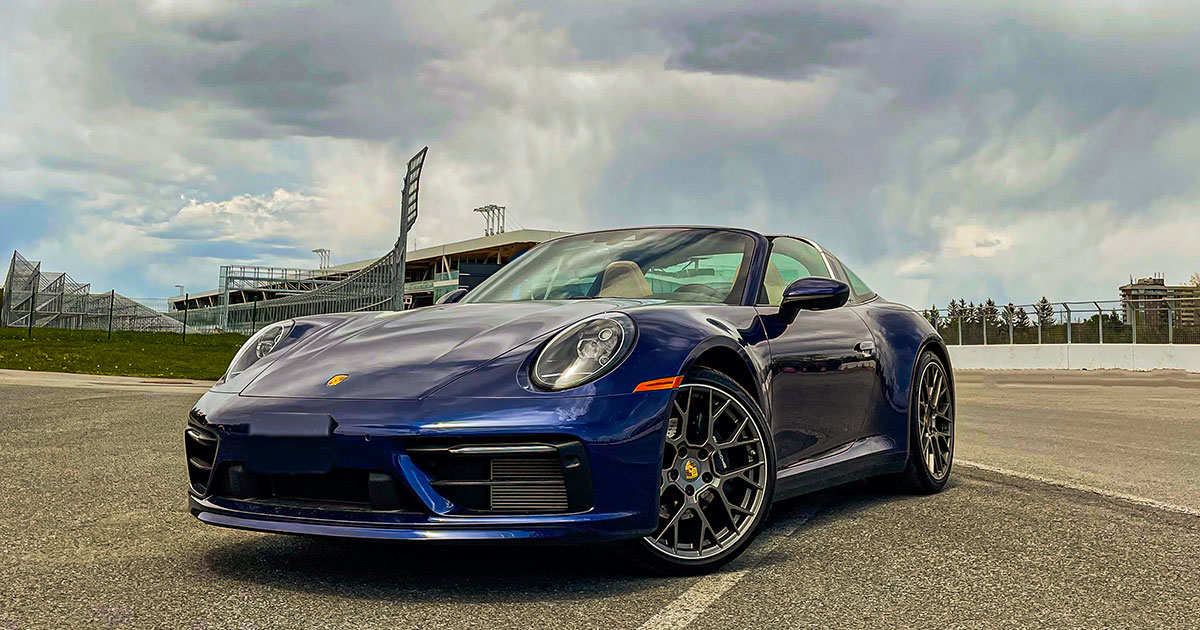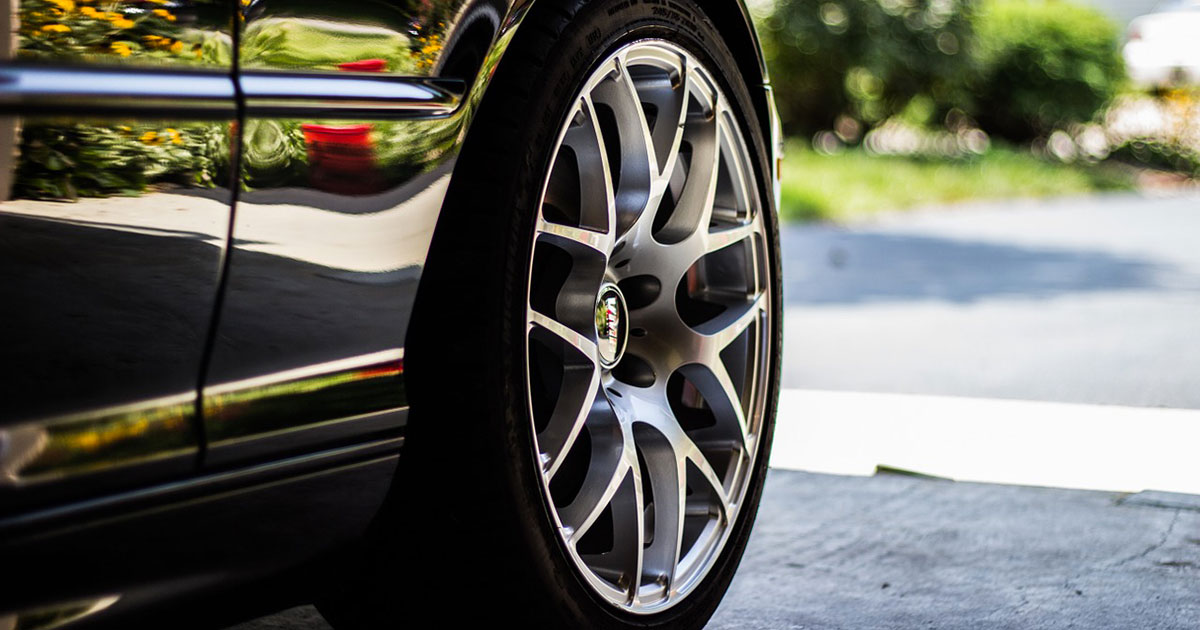
F1 and road tires, not so different
As Formula 1 Grand Prix du Canada is upon us, discover the difference between F1 and road tires. An article presented by OK Tires.
Article published on | 5 minutes of readingIf you’re not sure if you’re in the car business, or if you’ve got a car, the tire manufacturers draw on the advanced technology of the F1 track to offer products designed to help you ride safely. . Let’s see where the F1 and road tires come from.
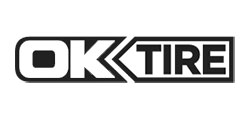
Have you ever realized that your tires are the only point of contact of your vehicle with the road? It’s exactly the same for the cars that take part in the great circus of F1. With the difference that the tires used on racing cars must withstand the heat and pressure that high speed requires, in addition to the sometimes intense weather conditions in different countries where the races take place.
That’s why so much investment is being made to develop new technologies to create tires that resist heat, friction and water. Of course, the F1 tires do not have the same configuration as those of your sedan or SUV, but the fact remains that they share a basic objective: traction and grip sufficient to ensure a driving stable and precise braking. This is reflected in the technological innovations developed for F1 tires that have subsequently been adapted for your tires. For example, to continue to race in the sometimes torrential rain, F1 drivers need to rely on tires that drain water effectively, to avoid hydroplaning – a phenomenon that can just as easily occur on the roads. from our different provinces. Advances in technology also help optimize braking on wet roads. And since we are talking about our weather conditions, tire resistance to heat becomes important too. The same technology that preserves the grip and traction of F1 tires heated by extreme speeds ensures the optimal performance of your tires on the hottest days of the summer. So you can count on your tires when you hit the road.
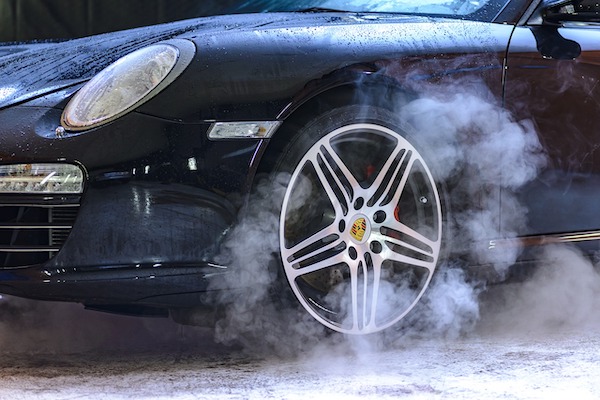
The similarities and differences between F1 and road tires with an expert from OK Tire
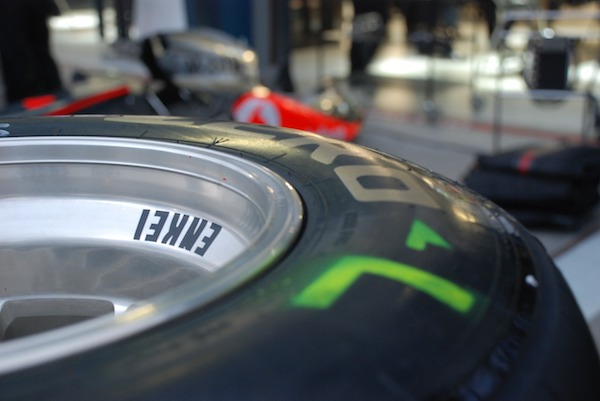
In order to know a little more about the different types of tires I asked questions to a OK Tire specialist in order to help you made know how to make a good choice and to understand the DNA of the F1 and road tires.
First of all, we were talking about F1 in our text above, what is the big difference between F1 and road tires?
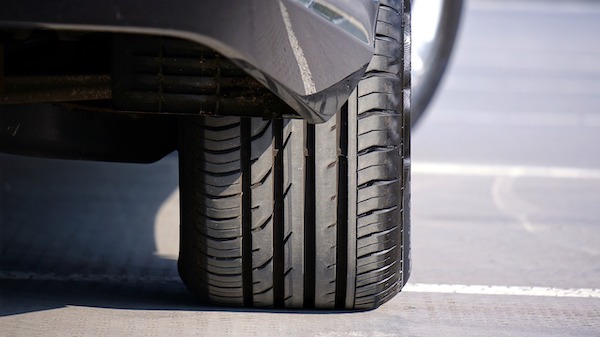
Tires are the only direct link between the car and the race track. They must be more resistant to pressure, heavy rain and heat, and have better grip, braking and traction than regular tires. So different technologies and compounds are applied on F1 tires to make them more efficient on the road. Regular tires, meanwhile, must meet the same requirements, but with less intensity. Different compounds are therefore used for regular tires.
Can certain factors influence our choice like the Formula 1 teams, the latter with F1 and road tires for us?
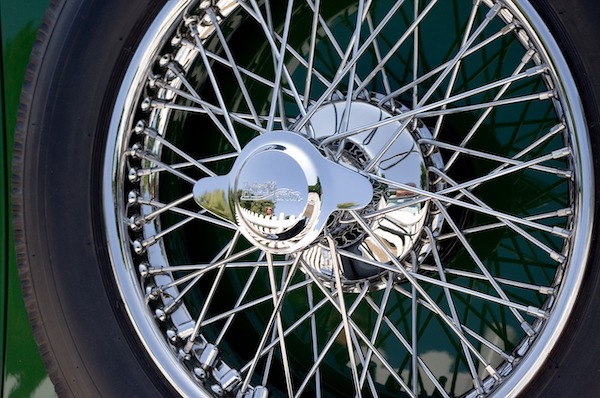
Whether for a race car or a personal-use vehicle, the main characteristics of a tire are grip, braking ability and traction. In racing, the external elements to which tires are subjected are more intense, which requires different compounds and technologies, but the criteria are the same.
Do performance tires wear out faster than “regular” tires, as is the case in F1, where frequent tire changes occur?
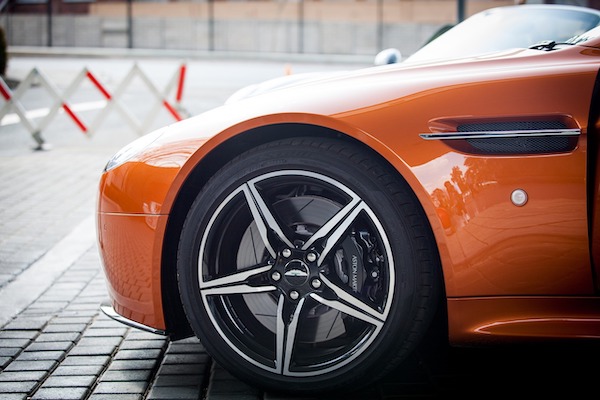
Tires considered “performance” are often thinner and have less groove, so wear faster than a regular tire. However, it still depends on the type of use that the driver makes, as well as weather conditions.
Should we adapt our driving depending on the different types of tires? If yes, in what way?
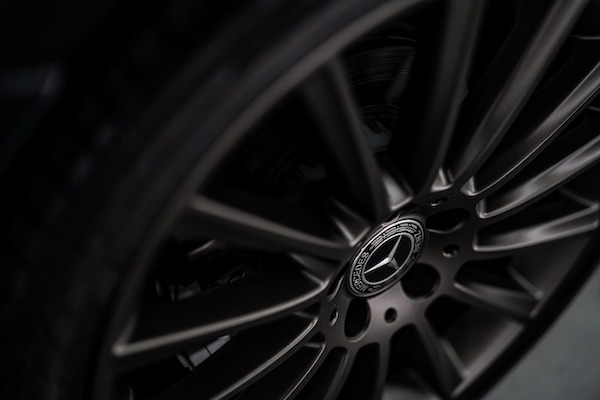 [spacer height = “20px”]
[spacer height = “20px”]
No, a neat and fluid ride will prevent the premature wear of any tire. Avoid sudden braking and acceleration and take the time to turn the steering wheel. Watch for sidewalks and rubs to sink tire shear. A race car will do exactly the opposite of the good practices above, which is why the tires are different.
[spacer height = “20px”]
For performance electric vehicles (like the Tesla or the Taycan Porsche) are the criteria for the purchase different for the tires or are they the same as for the regular vehicles, and if there are a difference, what is it?
[spacer height = “20px”]
No, the criteria do not differ for a gasoline or electric car.
[spacer height = “20px”]
Finally, what should we check regularly to get the most out of our tires, whether for a long trip (as many will certainly do this summer) or a short getaway?
[spacer height = “20px”]

It is important to check the pressure and the parallelism of the wheels before a long car trip. In addition, it is important to ensure that our tires are not too worn, which is dangerous for aquaplaning. The best test to perform is the 25 cents. Insert a 25-cent coin into one of the grooves of the tire, the moose’s nose toward the tire. If you see the tip of the muzzle of the moose, your tires are very worn and you should think about changing them.
[spacer height = “20px”]
Whatever your choice, you’ll find the right tires for you by switching to one of the many locations in the OK Tire Independent Dealer Network across the country. To shop the OK Tire tire range visit this link!
About OK Tire
OK Tire is the largest network of independent tire and auto repair and service dealers in Canada, and the fourth largest in North America. As part of the Canadian landscape since 1953, we have more than 300 OK Tire locations operated and operated independently from coast to coast. Each franchise is unique in its region, adjusting what it offers to meet the needs of its customers, and covering everything from the front bumper to the rear bumper.
[spacer height = “20px”]
Note: When we learn that an error has slipped into our site, we report it by correcting it. If you notice an error, please inform us by contacting us through our Contact us page.


